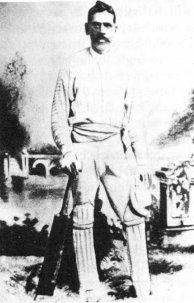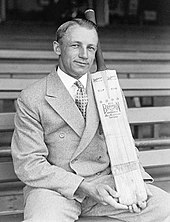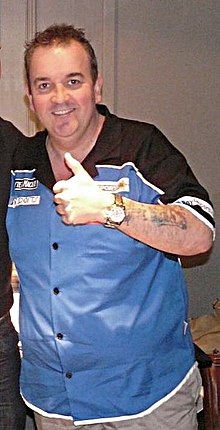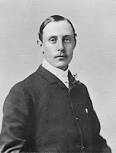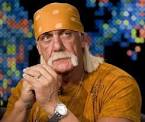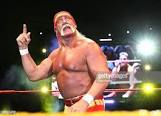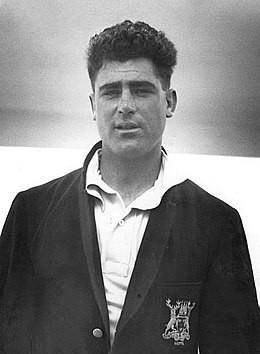On the 17 August, 1964, in the final match of the Test series against Australia played at The Oval, Geoffrey Boycott OBE, scored 113, his first Test century. He made his Test debut against Australia at Trent Bridge, Nottingham in June 1964.

(Photo by Getty Images)
In a controversial playing career, from 1962 to 1986, the former Yorkshire and England cricketer became established as one of England’s most successful opening batsmen. Since retiring as a player found success as a cricket commentator.

(Photo by Getty Images)
Boycott was born in October 1940, in the mining village of Fitzwilliam, near Wakefield, in the West Riding of Yorkshire. When he was 8 years old, he was impaled through his chest by the handle of a mangle after falling off an iron railing. Boycott nearly died, and in the efforts to save his life, his spleen was removed.
Boycott attended Fitzwilliam Primary School, where he won a Len Hutton batting award for scoring 45 runs and capturing six wickets for 10 runs in a school match. At age 10, he joined Ackworth Cricket Club, demonstrating ‘outstanding ability’. At the age of 11 he failed the examinations that would have taken him to grammar school, and instead went to the local Kinsley Secondary Modern School. A year later, however, he passed his late-entry exams, and transferred to Hemsworth Grammar School. His cricket prowess was such that he captained the school’s cricket First XI at the age of 15. During winters he attended an indoor cricket school, where he was coached by former county professional Johnny Lawrence.
17 August, 2019



